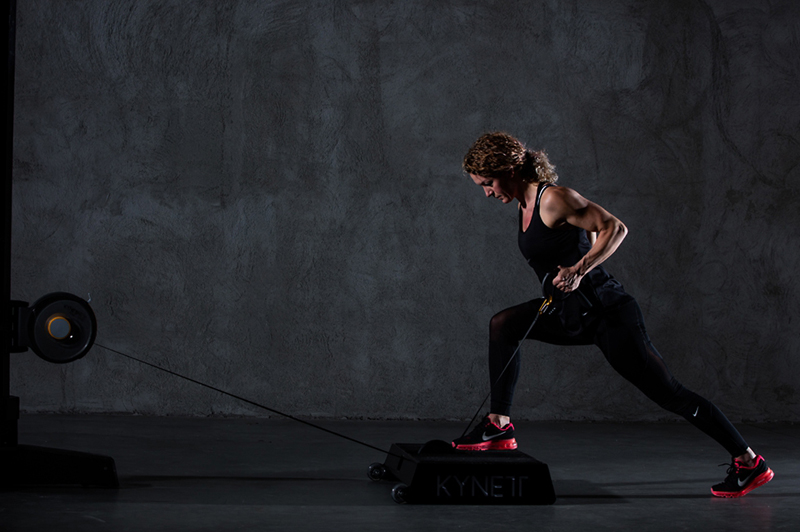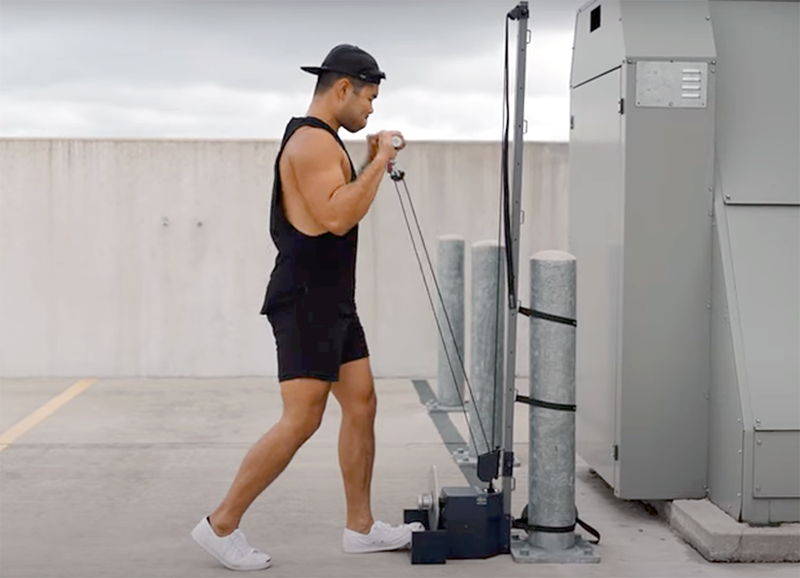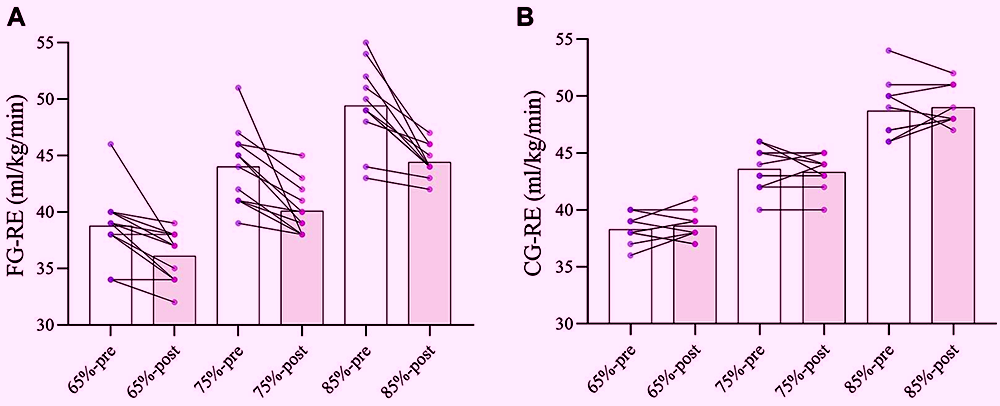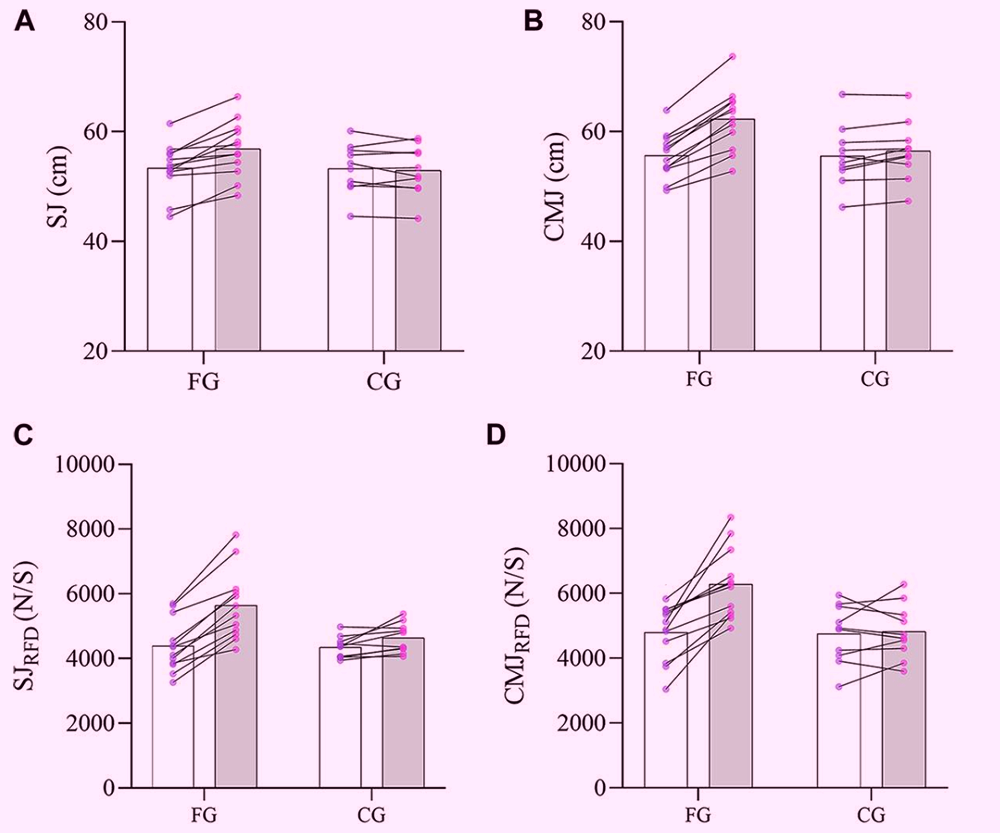You are viewing 1 of your 1 free articles. For unlimited access take a risk-free trial
Flywheel training for endurance: make inertia work for you!
Can inertial resistance training using a flywheel offer superior performance gains compared to conventional resistance training? SPB looks at brand new research
Image courtesy of Kynett: kynett.com/en/
As we have so often highlighted in recent SPB articles, the incorporation of strength training into an endurance program brings more than just increased strength and power for that sprint to the finish line, or greater resilience to injury. In fact, one of the greatest gains for endurance athletes who undertake regular strength training is an improvement in muscle economy(1).
What scientists have discovered is that when muscle fibres undergo regular heavy loading (ie when performing heavy weight training), muscles become more efficient at converting chemical energy into motion during long sub-maximal bouts of exercise. In plain English, for a given running, cycling, swimming, rowing etc pace, less energy (and therefore oxygen) is required, which equates to less overall effort for the athlete, and more ability to drop the hammer in a race situation when it’s really needed.
Conventional vs. inertial resistance training
All athletes will be familiar with the concept of resistance training using weights or resistance machines of the type found in most gyms. Many will also have used other forms of resistance training including lengths of elastic (eg Therabands), plyometrics training using the ‘stretch-contraction reflex’ or even hydraulic and isokinetic resistance training devices (see this article). However, what most athletes will not be familiar with is the notion of strength training using inertia as a form of resistance. In this form of strength training, a spinning flywheel is used to generate inertia, against which the athlete has to work.
The ability to generate an inertial resistance by spinning a flywheel flows from one of the most fundamental laws in physics – the conservation of angular momentum. Attempting to move a spinning (particularly heavy) object results in inertia - or reluctance to move or change direction - because this involves a change of momentum, which requires as external force to be applied. Anyone who has played with a spinning gyroscope, watching it balance on the edge of a glass will understand this effect! To see how this principle translates into a mode of strength training, the 2-minute video below provides an excellent introduction for newcomers to inertial training.
Inertial advantages
Although training by moving a spinning flywheel around appears to be a convoluted method of generating resistance against which to work, it does produce some significant training advantages. One of the main advantages of inertial flywheel training is that the resistance is infinitely variable (according to flywheel speed) and unlimited in terms of the directions that can be used because the same inertial conservation of momentum principle applies in every plane of movement.
Another advantage is that inertial flywheel training readily allows for the generation of high amounts of eccentric overload (ie muscle loading/resistance during the muscle lengthening phase of the movement), which is important because eccentric muscle exercise is particularly effective for building strength – see this article. This easily generated eccentric overload arises because during the concentric phase of flywheel training more and more momentum can be stored in the spinning flywheel with each movement(2).
They say that proof of the pudding is in the eating, which is why the use of inertial training for conventional strength training is well supported. Flywheel exercises were initially proposed in the early 1990s as a means to reduce the muscle wasting in astronauts undergoing weightless space travel for extended periods of time – an environment where the absence of gravity and muscle loading leads to rapid losses in muscle strength and mass. Since then, a number of scientific studies have described the theoretical and mechanical advantages of flywheel training, both for short and long-term training(2-4).
Inertial training for performance
In recent years, sports scientists have begun to explore inertial flywheel training for athletes seeking to enhance athletic performance. An early example of this was a 2017 study that explored the effects of four weeks of dry-land inertial flywheel training on muscle force, muscle power, and swimming performance in 14 national-level, competitive swimmers(5). It found that compared to the control group (who simply carried on their normal swim training), the inertial-trained group recorded a 12.8% increase in muscle force, and a 14.2% increase in muscle power. Even more importantly, the inertial-trained swimmers also significantly improved their pool times compared to the controls, swimming 0.76% and 1.86% faster in the freestyle and butterfly tests respectively. Interestingly, the degree of improvement in each inertial-trained swimmer correlated closely to their strength and power gains.
In a comprehensive review and meta analysis study (a study that draws together the data from all previous relevant studies) on inertial flywheel training by Swedish scientists a year later, the authors concluded the following(6):
- Inertial training programs can typically produce muscle mass gains in the region of 5%–13%.
- They can produce gains in eccentric force production (force produced as a muscle lengthens) of 21%–90%.
- Overall, gains in muscle power of between 10% and 33% can be expected.
- Jumping ability gains of over15% are typically produced.
- Maximal running speed gains of 2%-10% have been observed.
More recently, studies on inertial training in other sports have proved promising. For instance, the physical capacities of soccer players (strength, power, jump, and direction changes)(7), lower-body strength and power qualities in male academy rugby players(8), and the countermovement jump (CMJ) performance of basketball players(9) were shown to be greatly improved using inertial flywheel training.
Inertial training for endurance?
Most of the research into inertial resistance training to date has focussed on gains in strength and dynamic abilities of athletes. But given that conventional resistance training increases strength and power, yet also enhances endurance performance through increased muscle efficiency, could the same be true for inertial training? In other words, could endurance athletes performing inertial flywheel training also experience improved running/cycling/swimming etc efficiency gains, leading to better endurance performance? If so, how would inertial flywheel training compare with conventional resistance training in terms of efficiency gains?
It turns out that there’s actually very little data on this topic from which to draw conclusions. But a brand new study by a team of researchers from Beijing University has tried to answer this question. Published in the journal ‘Frontiers in Physiology’, this study investigated the effect of inertial flywheel training to accentuate eccentric loading on the running economy of young, male well-trained distance runners(10).
The investigation
Twenty-two young male long-distance runners were recruited and randomly divided into a flywheel group (FG) and a control group (CG). All the participants were elite collegiate male long-distance runners with at least 5 years of training experience and with excellent levels of leg strength, being able to squat at least 1.5 times their bodyweight. Both groups endurance trained three times per week, running 10km per session. Both groups also resistance trained three times per week but here the program varied; the FG group conducted inertial flywheel training in order to emphasize eccentric contractions while the CG group resistance trained using conventional weights. These resistance programs were matched to provide equal effort levels, durations and rest times. Table 1 provides more detail of the programs.
Table 1: Schedule of different training programs(10)
|
Training types |
Training programs |
|
Traditional strength training (CG) |
Squat (85% 1RM), 6 reps × 4 sets, 3-minute rest interval, 3 times a week. |
|
Flywheel resistance training (FG) |
Squat with maximum efforts (flywheel inertia load of 0.06kg.m2), 7 reps × 4 sets, 3-min rest interval, 3 times a week. |
|
Endurance training (CG and FG) |
10km continuous endurance running, 3 times a week – identical for both groups. |
What they tested
Before and again immediately after the 6-week intervention, all the runners underwent performance testing. These tests consisted of:
- Maximum oxygen uptake (VO2max).
- Running economy (to measure how efficiently the runners were able to convert muscular energy into forwards running motion). This was conducted at three different speeds - 65%, 75% and 85% of VO2max speed.
- Explosive power tests using vertical and countermovement jump performance. As well as measuring jump height/distance, the forces generated during each jump were measured using a pressure plate off which the runners jumped.
At least 48 hours elapsed in between each test in order to eliminate fatigue or any carryover effect from the previous test session.
What they found
When the data was analyzed, it became clear that, in the case of these trained runners, inertial flywheel training produced significantly better results:
*Firstly running economy was significantly improved with flywheel training at all three speeds (65%, 75% and 85% of VO2max) – see figure 1. In short, these runners needed less oxygen to maintain a given pace after the inertial training. In the conventionally resistance trained runners however, no significant gains were observed.
*Secondly, both vertical and countermovement jump performance in the explosive tests improved significantly in the inertial group. This was reflected in greater forces measured during the jump take off. Once again, no significant gains were seen in the traditional resistance group – see figure 2.
Figure 2: Explosive jump performance – inertial vs. tradition resistance trained(10)
Left (A) = flywheel (FG) group; Right (B) = conventional (CG) group. Light pink bars = before intervention; dark pink bars = after intervention. Lower bar height = less oxygen (measured in mls/kg/min) required to maintain a speed = greater running economy. Only the inertial group made significant gains (very significant!).
Figure 2: Explosive jump performance – inertial vs. tradition resistance trained(10)
FG = flywheel group; CG = conventional resistance group. A = vertical height jump in cms; B = countermovement jump distance in cms; C = rate of force development in the vertical jump (Newtons per second); D rate of force development in the countermovement jump (Newtons per second).
Practical implications for runners and other endurance athletes
Until recently, inertial flywheel training as a mode of strength training has received little attention. And coaches, athletes and trainers who have embraced it have tended to use it principally for building strength and power, often when space for or access to a conventional weights gym is limited. But what this study provides is strong evidence that inertial flywheel training can not only offer runners (and most likely other endurance athletes) gains in muscle efficiency, it may even provide greater gains than the equivalent amount of time and effort invested in conventional weight training.
There are a couple of caveats to add however. Firstly, although the magnitude of the explosive power and running economy gains were extremely significant (ie unlikely to have occurred as a result of a statistical anomaly, this is just one study and the number of athletes included was relatively. Secondly, while running economy was greatly improved, and studies show that running economy is a very powerful predictor of running performance(11,12), this study did not test the runner’s distance running performance in a time trial situation, the result of which would have been useful to see.
Nevertheless, these findings are very intriguing, especially since the runners already had high levels of leg strength as a result of previous leg strength training. This suggests that athletes who already have good levels of lower body strength may get additional benefits from inertial training, either as a supplement to traditional resistance training or as a replacement!
It’s worth making one final point; as the researchers themselves point out, inertial training of all the major muscle groups can be achieved by means of a small and often portable flywheel device – in contrast to traditional strength training, which requires at minimum a barbell + stand, plus a range of weight plates and dumbbells. The latter requires considerably more space (usually a dedicated gym facility) and quite a bit of cash outlay. By contrast, an inertial flywheel set up can be had for a 3-figure sum, requiring only 1.5 to 2 metres (5 to 7 feet) of clearance around the athlete to perform exercises. This makes it an ideal set up for anyone setting up a home gym – for example in the garage or garden.
For a list of the types of exercise that can be performed using an inertial training program, Kynett’s video channel is extremely informative (see below). Kynett is a Dutch manufacturer of affordable inertial flywheel training devices and will ship worldwide, but there are many others including Exxentric, Versa Pulley and Proinertial. More expensive devices generally buy you more flexibility with your training positions, and the best also offer precise loading and power measurement and feedback.
References
- J Funct Morphol Kinesiol. 2021 Mar 17;6(1):29
- J Sci Med Sport. 2017 Oct; 20(10):943-951
- Front Physiol. 2017; 8():241
- Strength Cond. Res. 10.1519/JSC.0000000000003005
- Journal European Journal of Sport Science. Volume 17, 2017 - Issue 4, P369-377
- Sports Med Open. 2018 Dec; 4: 55
- Sports Med. 2021; 27 1–21. 10.1080/15438627.2021.1958813
- Sports Med.2021; 1–14. 10.1080/15438627.2021.1954518
- J. Environ. Res. Public Health 18 (3), 1181. 10.3390/ijerph18031181
- Front Physiol. 2022; 13: 1060640
- J Sports Med Phys Fitness. 1991 Sep; 31(3):345-50
- J Physiol. 2008 Jan 1; 586(1):35-44
Newsletter Sign Up
Testimonials
Dr. Alexandra Fandetti-Robin, Back & Body Chiropractic
Elspeth Cowell MSCh DpodM SRCh HCPC reg
William Hunter, Nuffield Health
Newsletter Sign Up
Coaches Testimonials
Dr. Alexandra Fandetti-Robin, Back & Body Chiropractic
Elspeth Cowell MSCh DpodM SRCh HCPC reg
William Hunter, Nuffield Health
Keep up with latest sports science research and apply it to maximize performance
Today you have the chance to join a group of athletes, and sports coaches/trainers who all have something special in common...
They use the latest research to improve performance for themselves and their clients - both athletes and sports teams - with help from global specialists in the fields of sports science, sports medicine and sports psychology.
They do this by reading Sports Performance Bulletin, an easy-to-digest but serious-minded journal dedicated to high performance sports. SPB offers a wealth of information and insight into the latest research, in an easily-accessible and understood format, along with a wealth of practical recommendations.
*includes 3 coaching manuals
Get Inspired
All the latest techniques and approaches
Sports Performance Bulletin helps dedicated endurance athletes improve their performance. Sense-checking the latest sports science research, and sourcing evidence and case studies to support findings, Sports Performance Bulletin turns proven insights into easily digestible practical advice. Supporting athletes, coaches and professionals who wish to ensure their guidance and programmes are kept right up to date and based on credible science.













